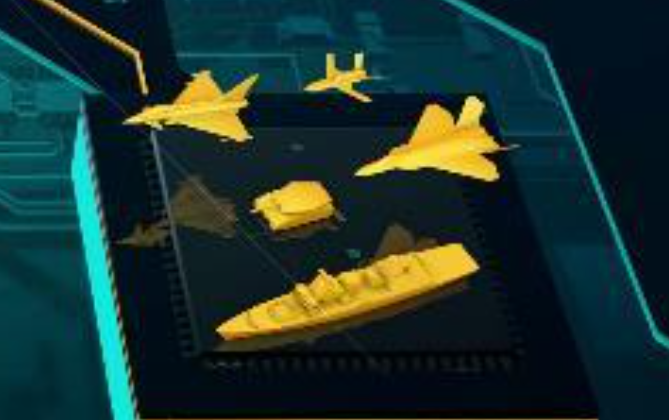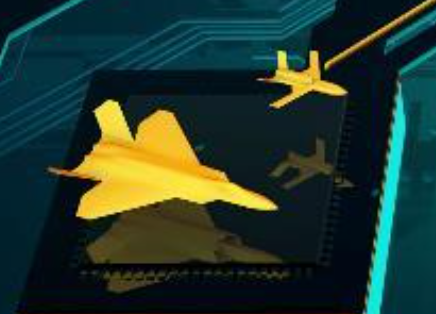Jackonicko
ACCESS: Secret
- Joined
- 4 February 2009
- Messages
- 376
- Reaction score
- 844
I think that's an attempt at perspective!I mean its much bigger than the E-3 in that picture... or the Type 45...
The external stores look like the PR chap literally just ripped them across from Typhoon
You really can't read into these
And the CGI artist would not have added stores to the model without being asked to do so!
Re relative sizes (esp cf Typhoon), it's backed up by these images from the Medulla briefing.






